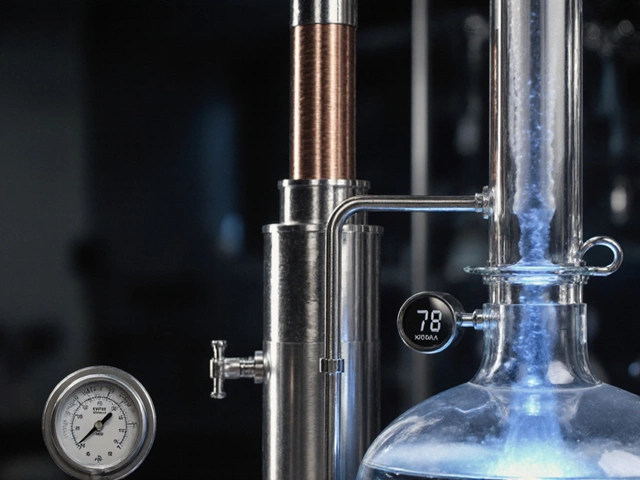Tipping Guide: Easy Rules for Restaurants, Bars, Delivery & More
Ever stare at the bill and wonder if you’re leaving the right amount? You’re not alone. Tipping can feel like a guessing game, especially when you’re juggling a dinner party, a quick coffee, or a food delivery. This guide cuts the confusion down to a few clear rules you can use anywhere.
Restaurant Basics: The 15‑20% Rule
Most U.S. restaurants expect a tip that reflects the service quality. A good baseline is 15 % of the pre‑tax total for standard service. If the server went the extra mile—refilling drinks without asking, handling dietary requests, or fixing a mistake—bump it up to 18 % or even 20 %. If you’re at a fancy place with a large party, the check often includes an automatic gratuity (usually 18‑20 %). Check the bill first; you don’t want to double tip.
Bars, Cafés, & Quick Service
For a bar tab, $1‑$2 per drink is a safe bet. If you order a pricey cocktail, aim for 15 % of the total. Coffee shops usually don’t expect a tip, but rounding up to the nearest dollar or leaving a few coins is appreciated, especially if the barista made a custom drink. Delivery drivers, rideshare drivers, and take‑out staff also fall under the “quick service” umbrella. A $2‑$5 tip for a typical food delivery works well, or 10‑15 % of the order if the cart is big. If the driver braved bad weather, add a couple of extra dollars.
Now, let’s talk a few special cases that often cause head‑scratching.
Buffets: Even though you serve yourself, staff still clear plates and keep things tidy. A 10 % tip is standard, or $1‑$2 per person if the group is small.
Hotels: Housekeeping usually gets $2‑$5 per night, left in the room each morning. Bellhops earn $1‑$2 per bag, and concierge staff can get $5‑$10 for special arrangements.
Self‑service kiosks: When you order from a touch screen, a 10 % tip is enough if you want to recognize the behind‑the‑scenes staff.
Remember, tip expectations differ by country. In most of Europe, service is included in the price, so a small rounding up is sufficient. In Japan, tipping can even be seen as rude. Always check local customs before you travel.
One more tip (no pun intended): keep a small envelope or a digital note on your phone for on‑the‑go tipping. It saves you from scrambling for change when the moment arrives.
Bottom line? Use the 15‑20 % rule as your compass, adjust for service quality, and remember the special cases. With these simple guidelines, you’ll never feel awkward about the bill again.
Navigating the art of tipping at wine tastings can be as nuanced as the wines themselves. Understanding the expectations can lead to a more enjoyable experience. It's essential to know the standard tipping practices and how the environment, such as a vineyard or a tasting room, may influence this. These insights go beyond the basics, helping wine enthusiasts appreciate the subtle intricacies of wine culture.
View Details

